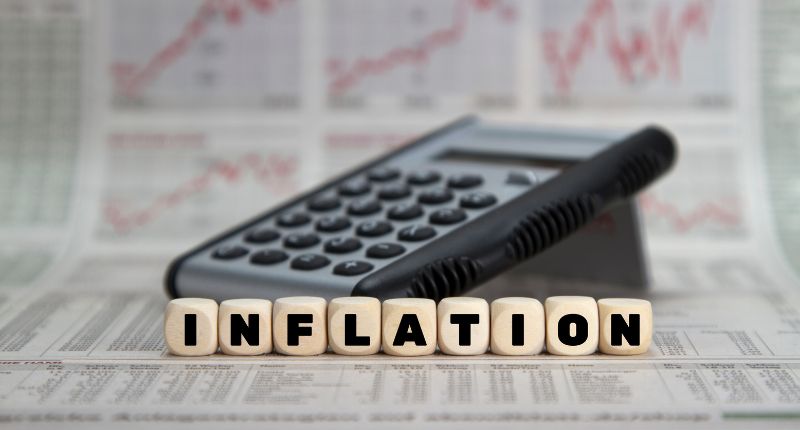
- Australia's Consumer Price Index (CPI) grew by 3.4% annually, driven by various sectors.
- Housing, food, and financial services saw notable increases, while recreation and culture declined.
- Despite stable inflation, borrowers may benefit from reduced cash rate projections.
The Consumer Price Index (CPI) grew by 3.4% in the 12 months leading up to January 2024, according to the latest figures from the Australian Bureau of Statistics (ABS).
“Annual inflation for the monthly CPI indicator was steady at 3.4% and remains the lowest annual inflation since November 2021,” said ABS head of prices statistics, Michelle Marquardt.
Key drivers behind January’s numbers
The principal drivers of January’s annual increase included housing, food and non-alcoholic beverages, alcohol and tobacco, and insurance and financial services, up by 4.6%, 4.4%, 6.7%, and 8.2%, respectively.
Blunting the annual rise was recreation and culture, which was down by 1.7%, caused by a 7.1% drop in holiday travel and accommodation.
Holiday travel and accommodation, Australia, monthly and annual movement (%)

Marquardt noted that CPI inflation was often unduly affected by items with fluctuating prices, like automotive fuel, fruit and vegetables, and holiday travel. Thus, it may be more prudent to exclude these unpredictable items from the headline CPI to glimpse at the underlying inflation.
All groups monthly CPI indicator, annual movement (%)

“When excluding these volatile items from the monthly CPI indicator, the annual rise in January was 4.1%, down from 4.2% in December. Annual inflation, when excluding volatile items, has been declining since the peak of 7.2% in December 2022.”
Prices for new builds and rent ascend
Housing lifted by 4.6% in the 12 months to January, dropping from 5.2% in December. New dwelling prices increased by 4.8% over the year as builders passed labour and material cost hikes to consumers.
Rent increased by 7.4% in the 12 months to January, spurred by an overheated rental market and dwindling vacancies nationwide.
Yearly electricity prices rose by 0.8% from 12 months to January 2024. The Energy Bill Relief Fund rebates introduced in July 2023 offset much of the electricity price increases from annual price reviews in July caused by wholesale price hikes.
“Excluding the rebates, electricity prices would have increased 15.3% in the 12 months to January 2024,” Marquardt noted.
“Annual inflation for food and non-alcoholic beverages increased to 4.4% in January, up from 4.0% in December. Annual inflation remains elevated for food, apart from fresh food categories. Meat and seafood and fruit and vegetables, for example, saw lower or negative annual inflation.”
Holiday travel and accommodation prices declined by 7.1% in the 12 months to January, right after a 9.1% yearly fall in December, due to slumps in domestic and international holiday travel.
Inflation in reach of RBA’s target
Canstar group executive of financial services, Steve Mickenbecker, commented that today’s CPI release demonstrated that inflation was creeping towards the Reserve Bank of Australia’s (RBA) target band of two to three per cent.
Although the inflation rate was unchanged in January, Mickenbecker predicted that the record inflation seen in early 2023 would soon move out of the annual data, with the CPI returning to the target band shortly after.
“The 3.4% annual inflation rate through to the end of January is good news for borrowers. The case for further cash rate increases is all but gone, and projections for the timing of rate cuts may be brought forward,” he said.
“The Reserve Bank will remain reluctant to cut the cash rate too soon and has shown far greater faith in quarterly inflation readings. The March quarterly release will come too early to signal a rate cut, but the June quarterly release in late July could very much raise borrowers’ hopes.”
“Borrowers shouldn’t be waiting for the Reserve to cut the cash rate and should be looking to refinance to take advantage of the low rates that are still on offer. The average variable rate is currently 6.90%, 1.21 percentage points above the lowest rate in the market at 5.69%, in fact, there are still 225 loans on Canstar below 6%.”
Steve Mickenbecker, Canstar







